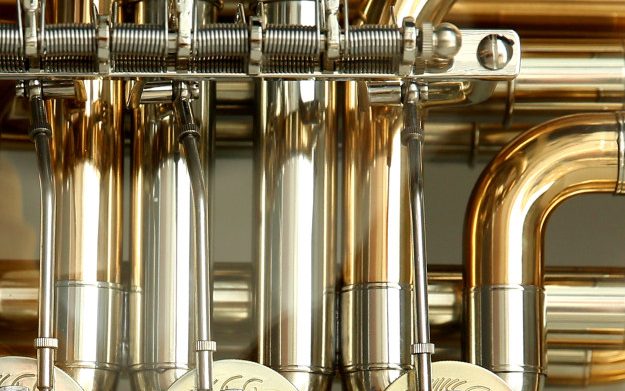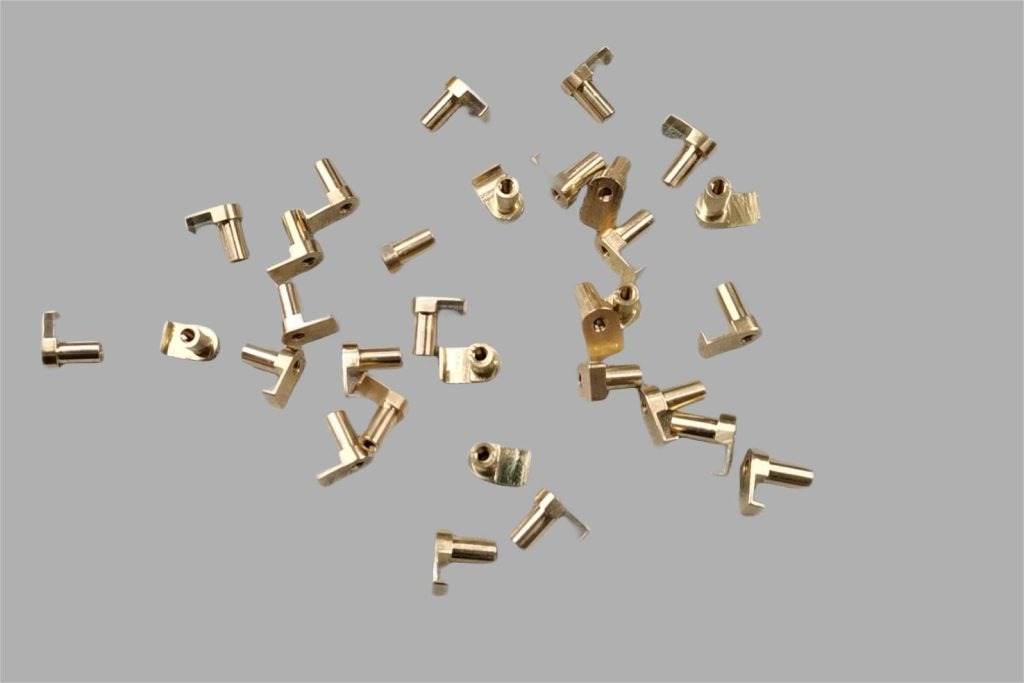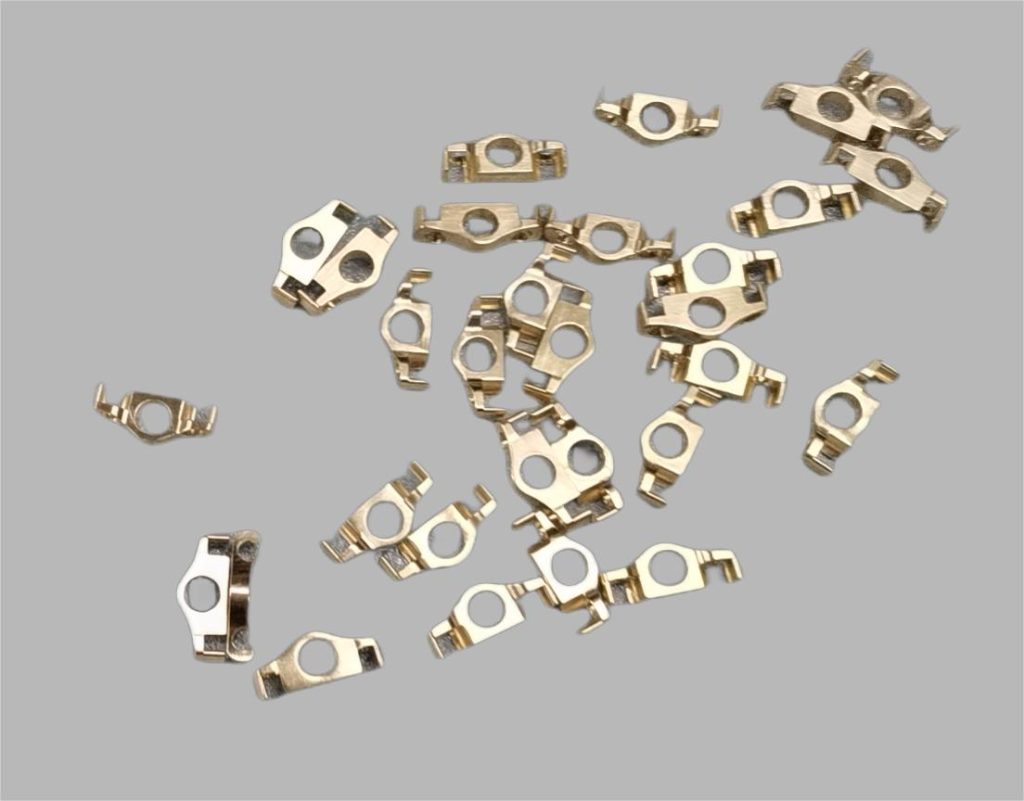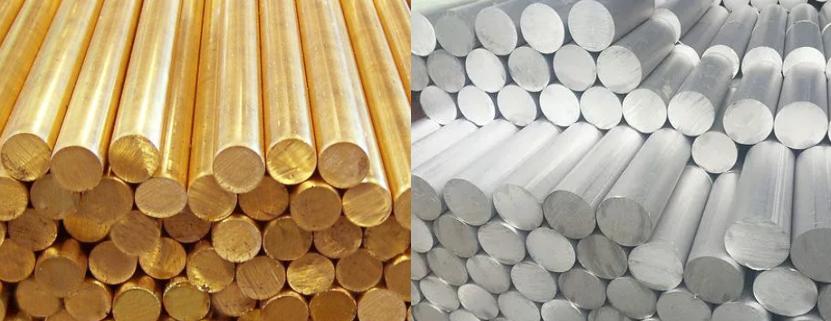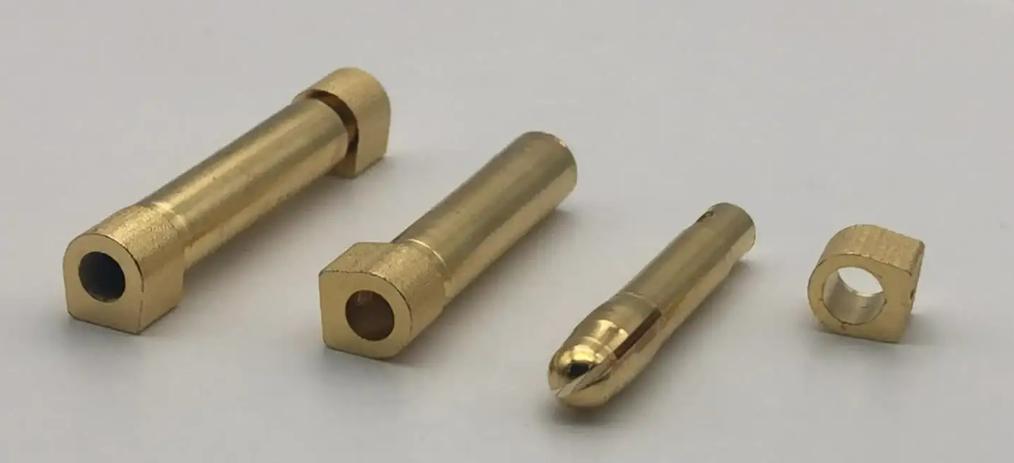Brass, a versatile copper-zinc alloy, is valued for its high machinability, corrosion resistance, and attractive appearance. In today’s manufacturing landscape, where precision, efficiency, and durability are essential, combining CNC turning and laser marking has become a powerful technique for producing high-quality brass components. This article delves into this combined approach, looking at the individual processes of CNC turning and laser marking, as well as the critical considerations for material selection and brass pretreatment for optimal CNC turning. Furthermore, we will look into the factors that contribute to the exceptional durability of laser markings on brass parts, which makes them ideal for a variety of industrial applications.
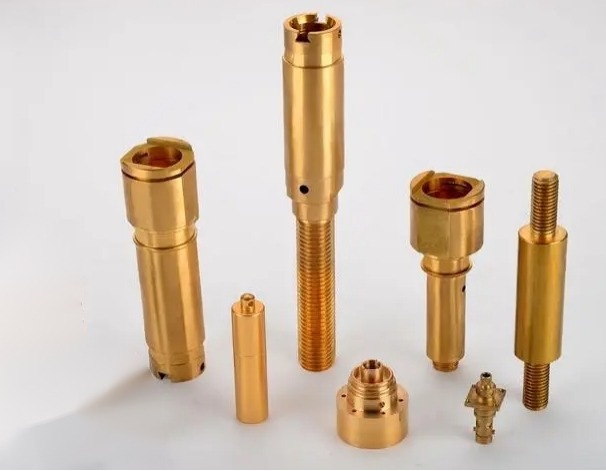
Process of CNC Turning and Laser Marking of Brass Parts
1. Design and Programming
This initial stage lays the groundwork for the CNC turning and laser marking processes. The accuracy of the 3D model and the precision of the CNC program have a direct impact on the part’s final geometry and dimensions. Similarly, the laser marking design affects the appearance and legibility of the markings.
2. CNC Turning Machining
The CNC turning process converts raw brass material into the desired part shape. The CNC lathe precisely controls the cutting tool, removing material by the programmed toolpaths. Spindle speed, feed rate, and tool selection all play important roles in achieving the desired surface finish and part tolerances.
3. Cleaning and Preparation
Cleaning and preparation are critical steps for ensuring the quality of laser markings. Any remaining chips, debris, or contaminants on the part’s surface can disrupt the laser marking process, resulting in imperfections or inconsistencies in the markings.
4. Laser Marking
Laser marking uses a focused laser beam to leave permanent marks on the part’s surface. The laser beam interacts with the material, resulting in controlled material removal or discoloration to create the desired markings. Laser marking is a highly versatile process that can produce a variety of markings, including text, logos, barcodes, and data matrices.
5. Quality Inspection
A thorough quality inspection ensures that the final product meets the required specifications. Dimensional inspection ensures that the part’s dimensions fall within the allowable tolerances, whereas marking inspection evaluates the quality and consistency of the laser markings.
6. Post-Processing (Optional)
Post-processing steps are used to improve the part’s properties or appearance, depending on its intended use. Heat treatment can change the material’s hardness and strength, whereas coatings can improve corrosion resistance or wear protection. Other surface finishing processes can improve the part’s aesthetic appeal.
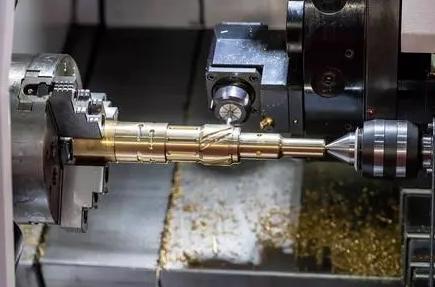
Material Selection and Pre-Treatment Requirements for CNC Turning of Brass Parts
Material Selection
When CNC turns brass parts, it is critical to use brass materials that are suitable for CNC machining. Brass, a copper-zinc alloy, is highly machinable, corrosion-resistant, ductile, and strong. Common brass grades include C360, C230, and C220, each with unique application characteristics and machining requirements.
Factors to Consider in Material Selection
- Composition: The copper-zinc ratio in the brass alloy can affect its physical properties, such as strength, ductility, and machinability.
- Condition: The temper or condition of brass material, such as annealed, cold worked, or hot worked, influences its hardness and machinability.
- Application Requirements: The material selection for the brass part should be guided by its intended application, taking into account factors such as strength, corrosion resistance, and surface finish requirements.
Pre-Treatment Requirements
Brass materials are pre-treated before CNC turning to ensure a smooth machining process and a high-quality finished product. The pre-treatment steps usually include:
1. Material Inspection
- Composition Verification: Confirm that the brass material’s composition meets the requirements.
- Metallographic Analysis: Examine the material’s microstructure to ensure proper grain size and distribution.
- Mechanical Property Testing: Conduct mechanical tests to determine the material’s strength, hardness, and ductility.
2. Cleaning
- Degreasing: Remove any oil, grease, or other contaminants from the material surface to avoid contamination during machining and tool wear.
- Cleaning Methods: Use appropriate cleaning methods, such as solvent, ultrasonic, or alkaline, based on the contamination type and severity.
3. Heat Treatment (Optional)
- Purpose: Preheating the brass material may be required to reduce thermal stress and deformation while machining.
- Heat Treatment Types: Annealing, stress relieving, and solutionizing are three common heat treatments for brass.
- Temperature and Time: The specific heat treatment parameters vary according to the brass grade and desired properties.
4. Proper Fixing
- Secure Mounting: Securely mount and clamp the brass material to the machine chuck to ensure stability and accuracy while machining.
- Jaw Selection: Choose chuck jaws that will provide a firm grip without damaging the material.
- Alignment Check: Check that the material is properly aligned with the machine’s axis to ensure accurate machining.
Additional Considerations
- Tool Selection and Adjustment: Choose the appropriate cutting tools based on the brass grade, machining operation, and desired surface finish.
- Cutting Parameter Optimization: Determine the best cutting parameters, such as spindle speed, feed rate, and depth of cut, to ensure efficient machining and high-quality results.
- Cooling and Lubrication: Implement effective cooling and lubrication strategies to reduce heat generation, tool wear, and chip removal.

Durability of Laser Marking on Brass Parts
Laser marking on brass parts is widely regarded as highly durable. Laser marking is a non-contact marking method that uses a high-energy density laser beam to create marks on a metal surface while preserving the material’s overall structure and mechanical properties. Laser marking can create permanent, wear-resistant marks on metals like brass that can withstand harsh environmental conditions such as temperature changes, abrasion, and chemical exposure.
Factors Contributing to Laser Marking Durability on Brass
- Material Properties: Brass is a relatively stable and corrosion-resistant metal, making it ideal for laser marking. The laser energy interacts with the brass surface, causing controlled material removal or discoloration and producing the desired markings.
- Marking Depth: The depth and permanence of laser markings are determined by laser parameters and material properties. Deeper markings are generally more durable against wear and abrasion.
- Marking Process: The laser marking process itself enhances durability. The non-contact nature of the process reduces stress on the material, preventing cracks or deformations that could jeopardize the marking’s integrity.
Advantages of Laser Marking for Durable Brass Parts
- Permanent Markings: Laser markings are permanent and cannot be removed or altered, providing long-term identification and traceability.
- High Wear Resistance: Laser markings can withstand wear and abrasion, making them ideal for parts exposed to friction or harsh environments.
- Corrosion Resistance: Laser markings are unaffected by corrosion, so they remain visible and legible even in corrosive environments.
- Versatility: Laser marking can produce a wide range of markings, including text, logos, barcodes, and data matrices, with great precision and detail.
- Low Maintenance: Laser marking systems require little maintenance, making them an affordable marking solution.
Applications of Durable Laser Marking on Brass Parts
- Automotive Components: Laser-marked brass parts are widely used in automotive components such as engines, fuel systems, and electrical components.
- Medical Devices: Laser-marked brass parts are used in medical devices because they are durable and biocompatible.
- Electronic Components: Laser-marked brass parts are used in electronic components to ensure identification and traceability.
- Aerospace Components: Brass parts with laser markings are used in aerospace components because they can withstand harsh environmental conditions.
- Industrial Machinery: Brass parts with laser markings are used in industrial machinery to identify them, alert them to hazards, and provide maintenance instructions.
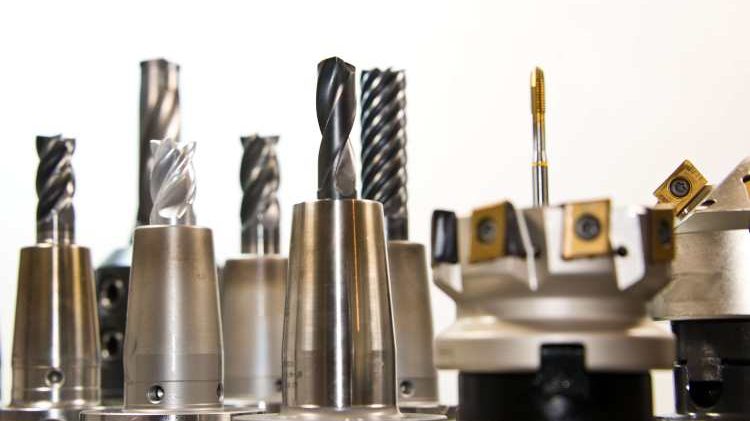
Conclusion
CNC manufacturers can achieve better results in brass part production by combining the precision of CNC turning with the durability and versatility of laser marking. Careful selection of brass material and proper pre-treatment procedures ensure a smooth CNC turning process, while laser markings’ inherent durability ensures long-term identification, traceability, and aesthetics on finished parts. From automotive components to medical devices and beyond, this combined approach enables manufacturers to produce high-quality, functional, and visually appealing brass parts that can withstand the rigors of various industrial environments.


